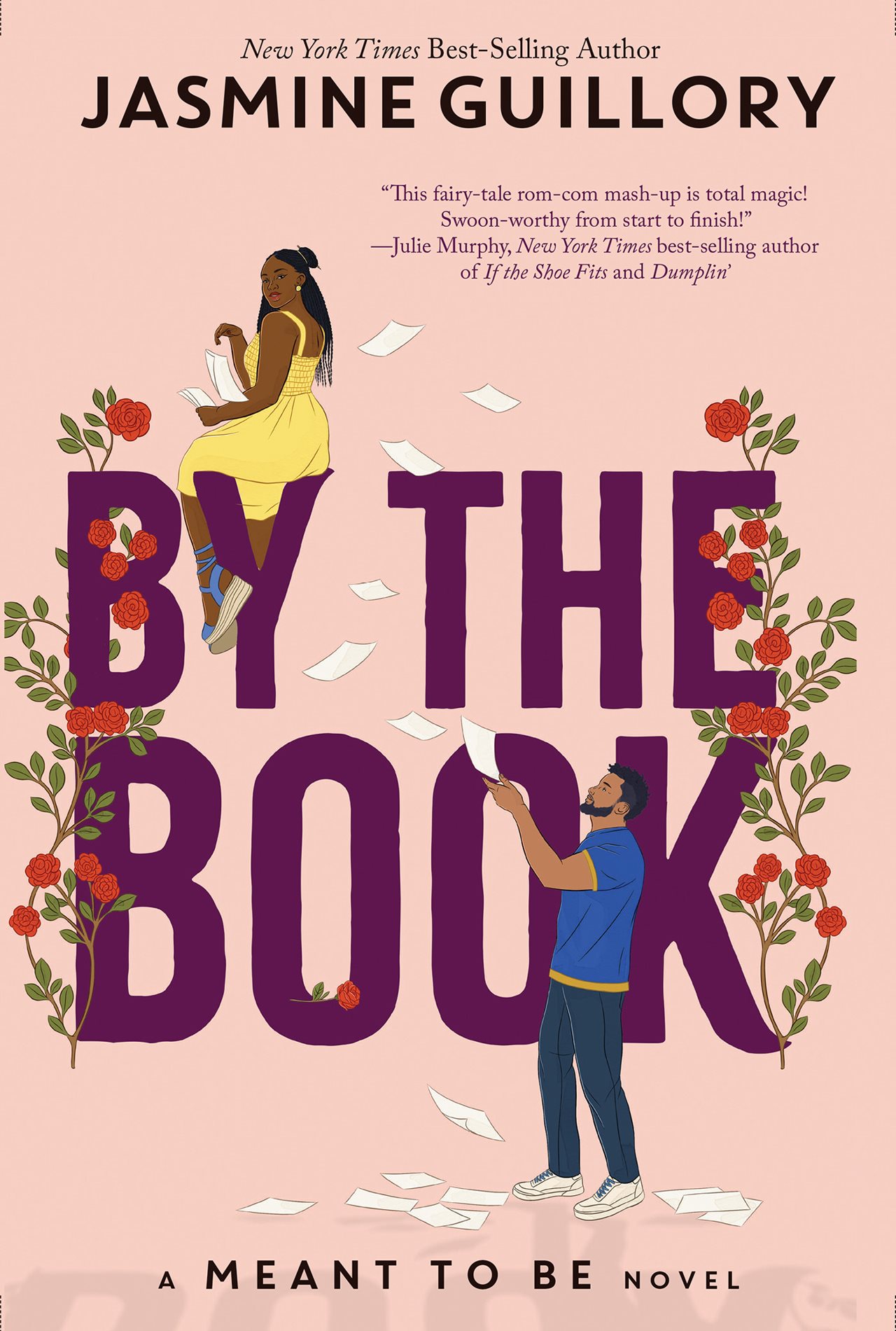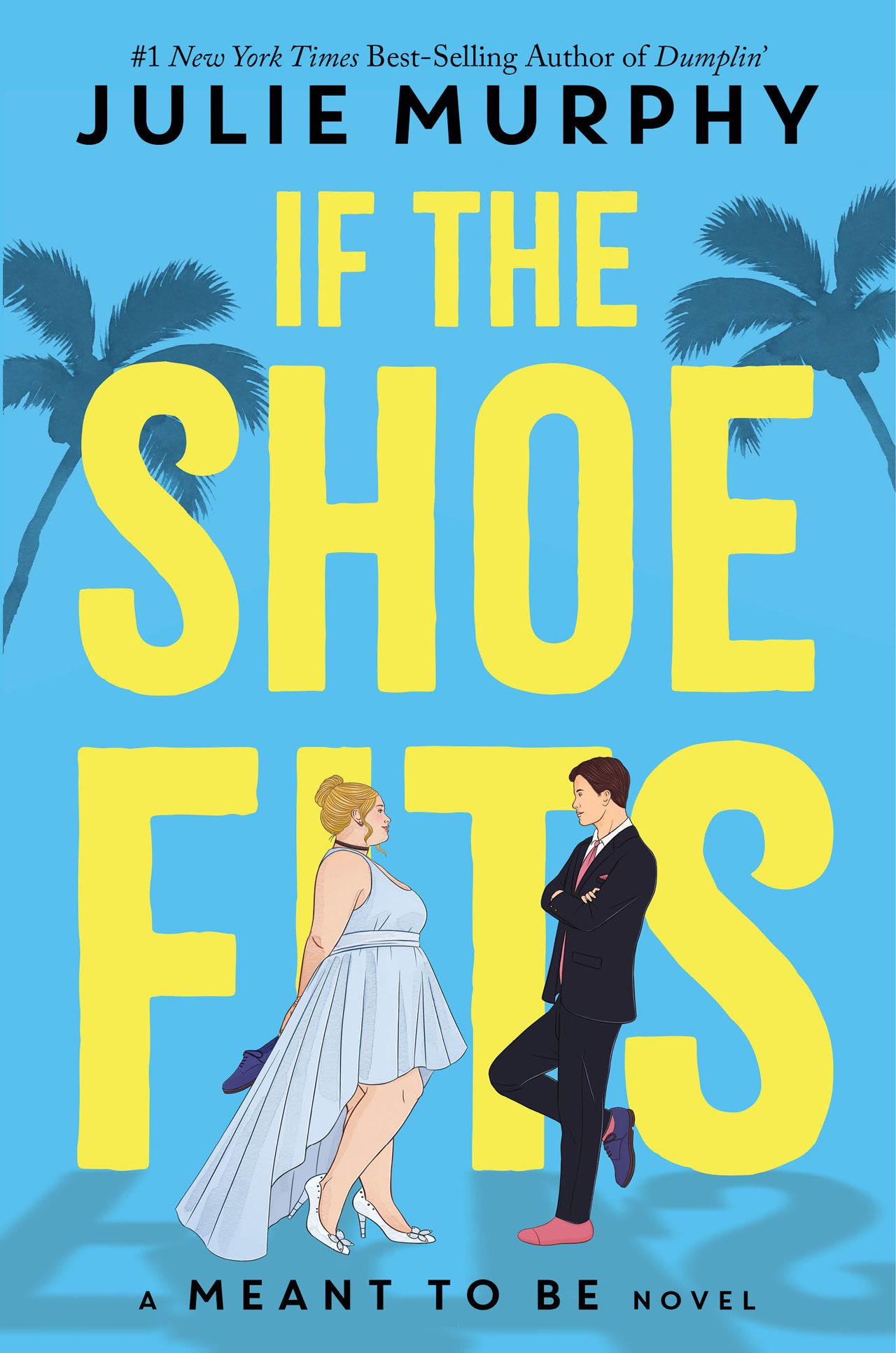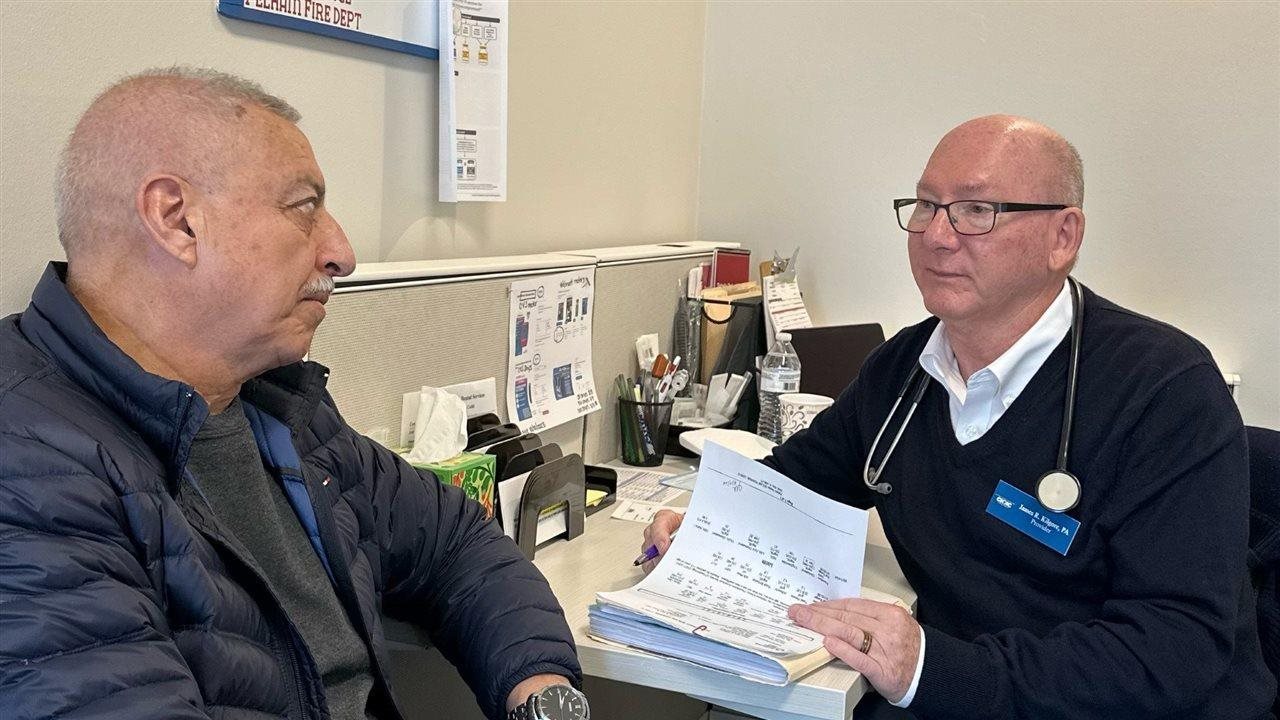2024-05-20T08:31:00
(BPT) – There’s nothing like the joy of expecting a baby. And while prepping for baby’s arrival is an exciting time, it can also be overwhelming — especially when it comes to what you think you need versus what you actually need.
Carter’s, the leading children’s apparel brand trusted by parents, has been around the block a time or two (over 150 years to be exact), and knows exactly what new babies — and new parents — need during those first months. That’s why in 2021, the brand launched its new baby essentials line, a one-stop shop of everything you need for baby’s first year. The collection includes girl, boy and neutral color palettes, and is carried in sizes Preemie to 12 Months. The line also features more elevated sweater-knit styles and sets, making it equal parts charming, practical and the perfect gift for baby showers, new moms, first birthdays or “just because.”

Since launching, Carter’s has dropped seasonal refreshes on the most-loved styles in curated color palettes and prints, including its Original Bodysuit™, 5-Star Sleep & Play™ and mix and match outfit sets. But this season, the brand is changing things up by expanding its line of essentials with elevated designs in new prints, colors and textures, as well as with brand new offerings that parents and gifters will love to see.
Available online now, and in stores June 4, the refreshed collection features a new bath time category with soft, absorbent hooded robes and towels, two new elevated fabrications, plus, the return of its archived neutral palette. “The muted pastels and soft neutrals were inspired by nature,” said Design Director Isabel Arenas. “They’re timeless shades that never go out of style.” The summer line also spotlights three seasonal prints: Sage Voyager, Little Lilac and Elephant Gray. “These prints add a touch of whimsy and personality to your baby’s wardrobe. Plus, they stimulate visual development and curiosity with engaging prints,” said Arenas.

And rest assured that every product, new or not, was thoughtfully designed with the special features that parents know and love … and that make their lives much easier. “These styles focus on quality over quantity. We selected only the best pieces,” said Arenas.
As any parent knows, bodysuits are a must when it comes to babies — the more, the better (hello, multipacks!). The features: Strong, long-lasting snaps that hold up after wear, wash, repeat; overlap shoulders that expand over baby’s body for easy changes (and can be removed entirely without going over their head in the event of a blowout emergency); soft, 100% cotton that’s gentle on baby’s skin, plus no itchy tags.
Parent Hack: Pair any bodysuit in the collection with matching multipack bottoms to create several easy outfits in a snap.
Known as the day-to-night, tummy time, nap time, anytime staple, the 5-Star Sleep & Play™ is the most practical outfit for new babies. Its two-way zip design zips up from the feet so you don’t have to undress baby, and cuddle tabs at the top keep little chins protected from zippers.
Preemie & Newborn Highlight: Skip the mittens — preemie and newborn sizes feature fold-over cuffs, so babies don’t scratch themselves.
An outfit in an instant. This parent favorite takes the thinking out of getting a little one dressed. Each seasonal launch is designed with distinct color palettes and prints to make it easy for parents to mix and match with layering pieces and pants (easy pull-on style and elastic waist keeps baby comfortable all day). Accessories like hats, headbands, bibs and socks also make it easy to add a bit of flair to baby’s OOTD. With (new!) unexpected details and textures, these sets make the perfect coming home outfit — and a great gift, too.

Sleeper Gowns & Wearable Blankets
For bedtime, the new sleeper gowns’ open bottom makes for quick, easy diaper changes, while a cinched design keeps baby’s feet warm during sleep time. When baby is finished swaddling (around 3 months), transition into sleep bags, a.k.a. wearable blankets. Safer than traditional blankets, sleep bags all have a TOG (Thermal Overall Grade) rating of 1.0, meaning they’re made to keep baby at just the right temp.
Don’t forget the little extras like towels, blankets, bibs, mittens, socks, caps and layering pieces. Psst … You can never have too many burp cloths.
Whether you’re expecting your first or fifth child, or you’re just in the market for a baby shower gift, Carter’s collection of new baby essentials has everything you need for those first months — from bodysuits, Sleep & Plays and sleepers, to dresses, rompers, elevated outfit sets and more. Shop the newest drop online now, and in all Carter’s stores starting June 4.

























